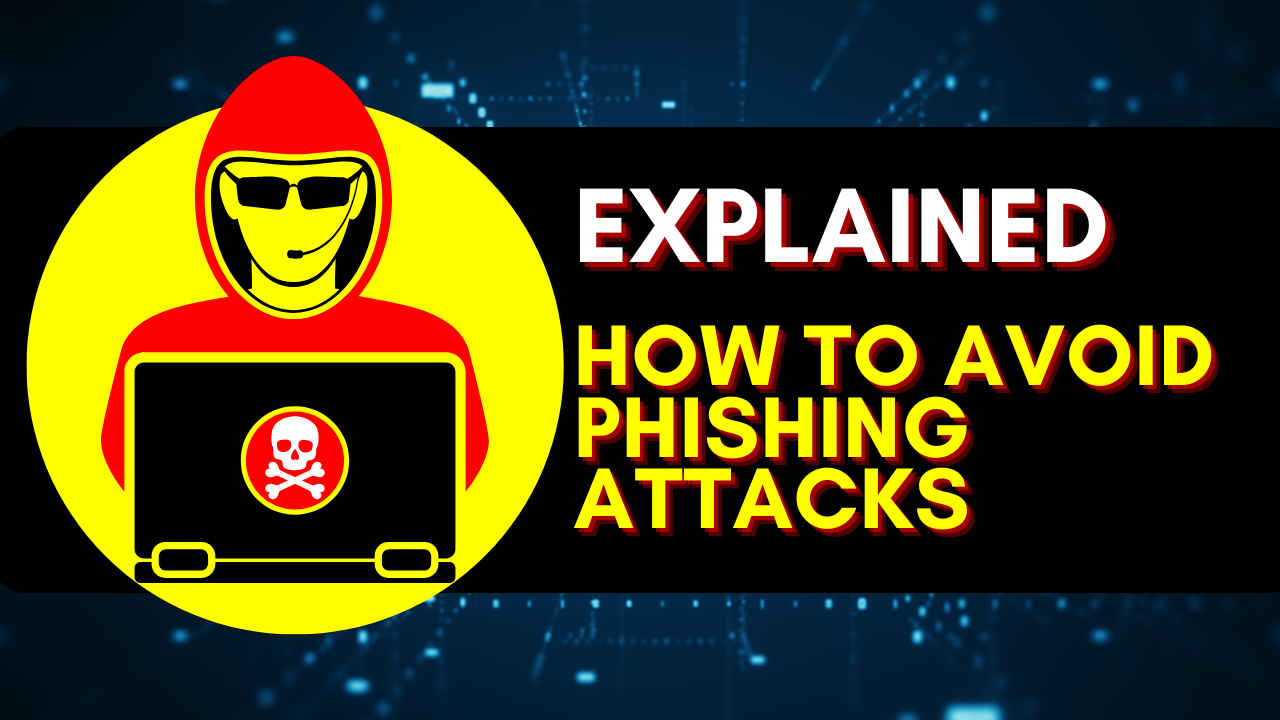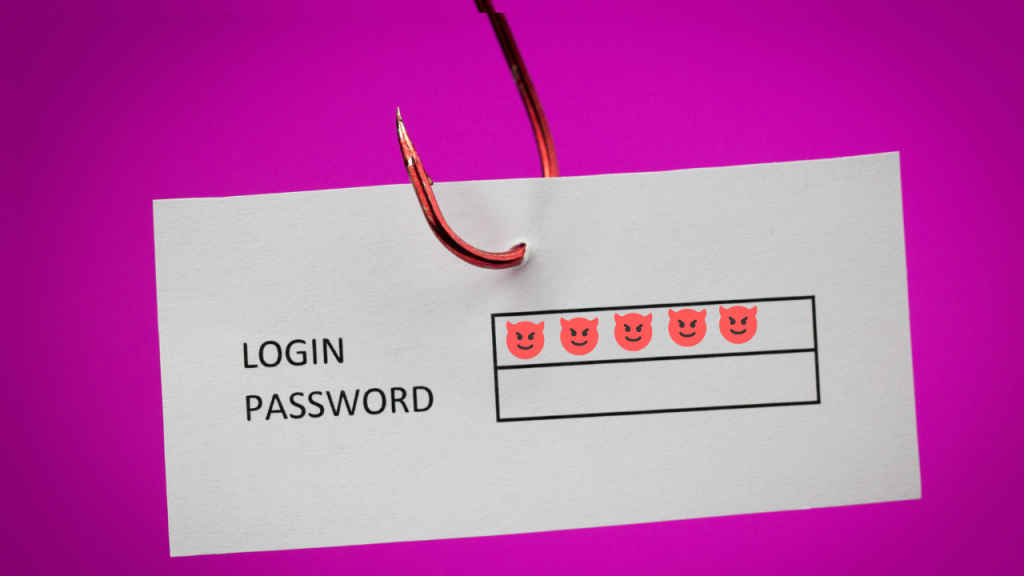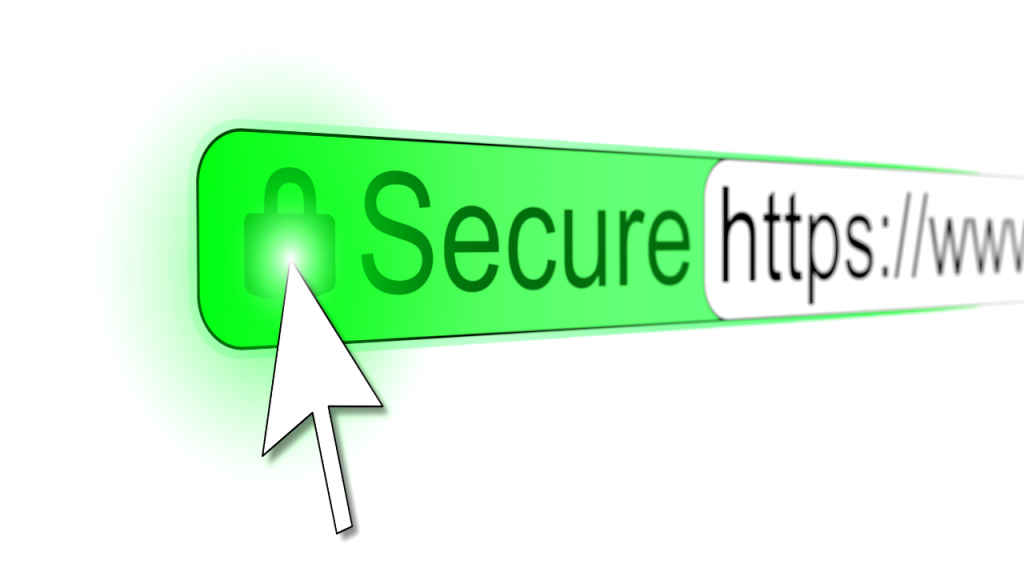How to protect from phishing attacks and practice safe browsing

Navigating the internet safely involves understanding the risks and employing strategies to mitigate them. Here we explore how to recognize and avoid phishing attacks and outline safe browsing practices to enhance your online security.
 Survey
SurveyAlso read: Cybersecurity 101: Common cyber threats and online safety concepts explained
How to recognise and avoid phishing attacks
Phishing attacks are deceitful attempts to steal sensitive information by impersonating legitimate sources. Recognizing these attempts is critical to your online safety.

How to identify phishing attempts
Phishing communications often:
- Urge immediate action.
- Contain spelling or grammatical errors.
- Use generic greetings.
- Include suspicious URLs with slight deviations from legitimate addresses.
Best practices for avoiding phishing attacks
- Verify the Sender: Hover over email addresses and links to see the actual URL or address. If in doubt, contact the supposed sender through a verified method.
- Do Not Click on Unknown Links: Avoid clicking on links or downloading attachments from unknown or unsolicited emails.
- Use Security Software: Employ software that provides email scanning and web protection to block phishing attempts.
Safe browsing practices: How to browse online safely
Always ensure your connection to websites is secure, indicated by “HTTPS” rather than just “HTTP” in the URL. This encryption protects your data from interception during transmission.

According to the Web Technology Survey’s HTTPS report, 81% of websites use HTTPS by default nowadays, but you still have to stay vigilant about the rest. Most modern web browsers detect and flag non-HTTPS connections to web pages, urging caution to users who inadvertently land on them.
Using privacy-enhancing tools
- Ad Blockers: Install ad blockers to prevent malicious ads from compromising your security.
- Privacy-Focused Browsers: Consider browsers dedicated to privacy that offer built-in security features.
- Incognito Mode: Use incognito or private browsing modes to minimize data retention on your device, though remember it doesn’t hide your activity from websites or your internet service provider.
Avoiding malicious websites
Look out for red flags indicating a website may be malicious, such as poor design, excessive pop-ups, or a lack of secure connection. Utilize browser security extensions that alert you to known dangerous sites.
By adhering to these practices and continually educating yourself on the evolving landscape of online threats, you can significantly reduce your risk of falling victim to cyber attacks. Remember, the goal of personal security measures is not just to react to threats, but to proactively prevent them, ensuring a safer online experience for you and your digital community.
Also read: How to defend against social engineering attacks: Cybersecurity’s human element
Team Digit
Team Digit is made up of some of the most experienced and geekiest technology editors in India! View Full Profile